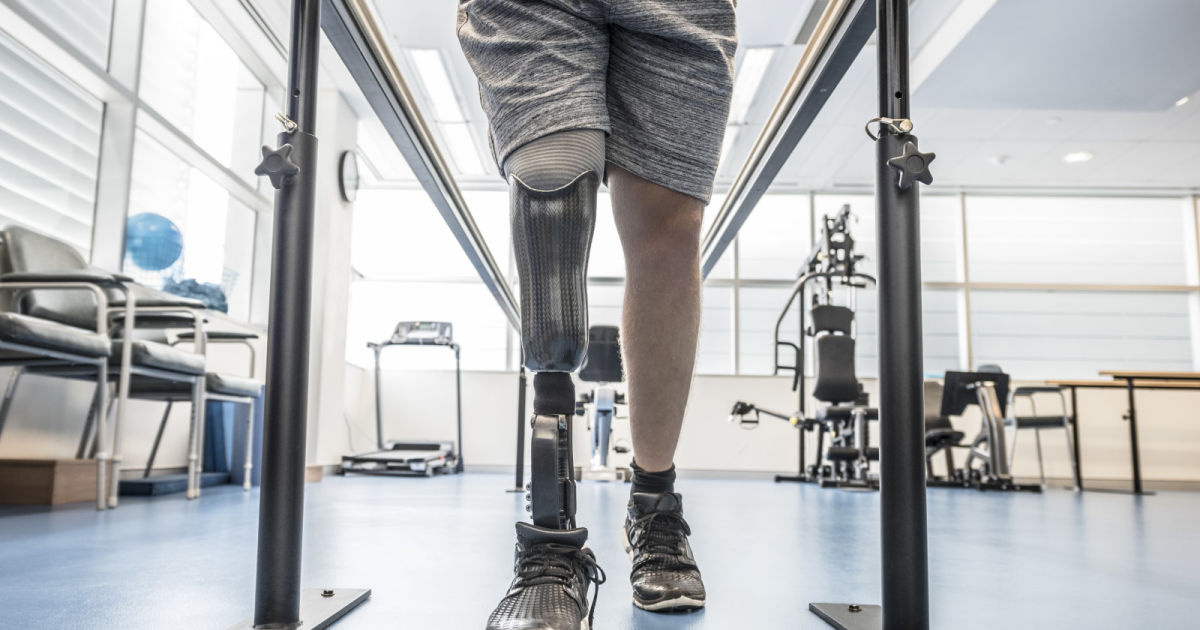What Causes Osteomyelitis?
Osteomyelitis, an infection of the bone, can range in severity. For some individuals, the condition causes no symptoms, while for others it can be painful, causing fevering, swelling, and localized pain. Previously, osteomyelitis was incurable, and while this isn’t the case today, treatment is most effective when it is performed swiftly and directly. As such, knowing what can cause or contribute to osteomyelitis is vital to help your doctor determine what may be ailing you and provide faster, more specific treatment. Osteomyelitis is most often caused by staphylococcus bacteria, a type of germ found on the skin or even in the noses of healthy individuals. The infection primarily occurs when the bacteria spread to a weak spot in the bone in one of the following ways.
Infected Prosthesis

A severe bone fracture or puncture wound, one that may require extensive treatment and result in a prosthetic limb, provides germs a direct route into the bone and surrounding tissue. While many precautions are taken to avoid the spread of infection during surgery to repair broken bones, replace worn joints, and restore functional limbs, this form of surgery can inadvertently be a direct path for germs to enter the bone.
An infected prosthesis or other implanted orthopedic hardware is an extreme risk factor for infection. So if you’ve had either, it is important to take the necessary precautions to protect yourself from germs. Take antibiotics as directed by your doctor following surgery. Be sure to change dressings frequently or as directed by your physician, and avoid animal bites or other incidents that could provide a greater pathway to infection.
Keep reading to reveal more causes of osteomyelitis now.